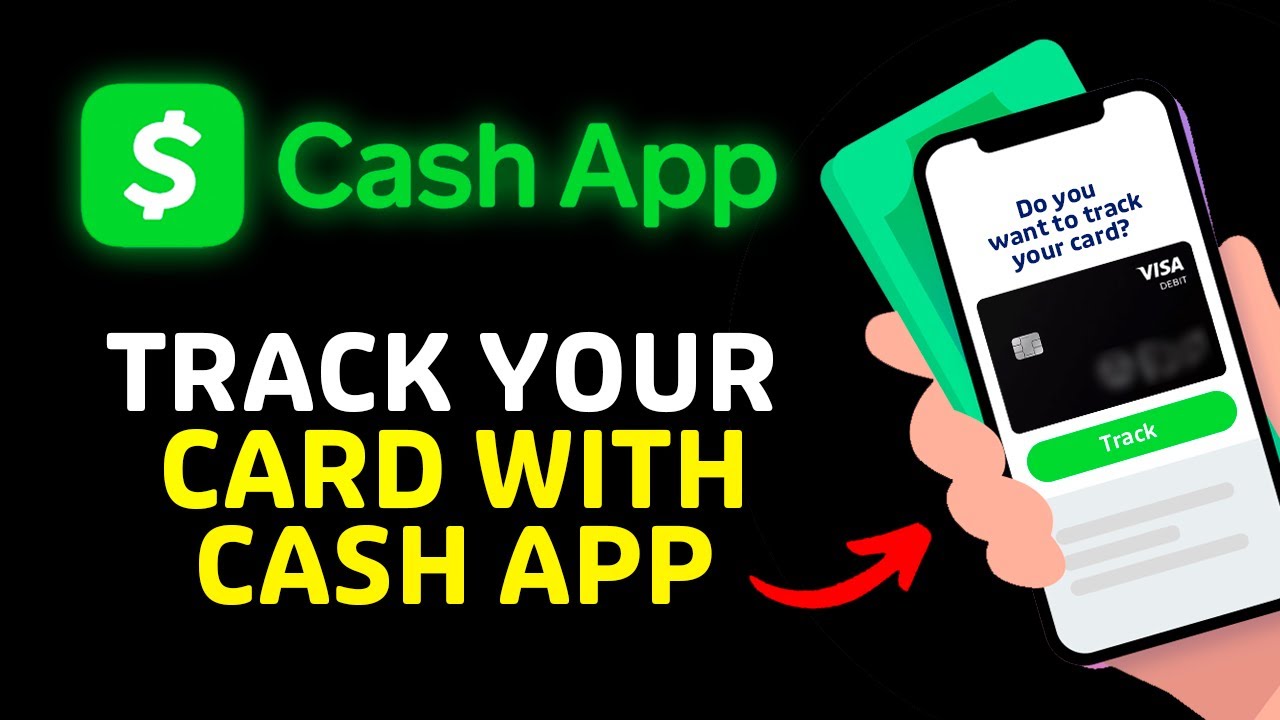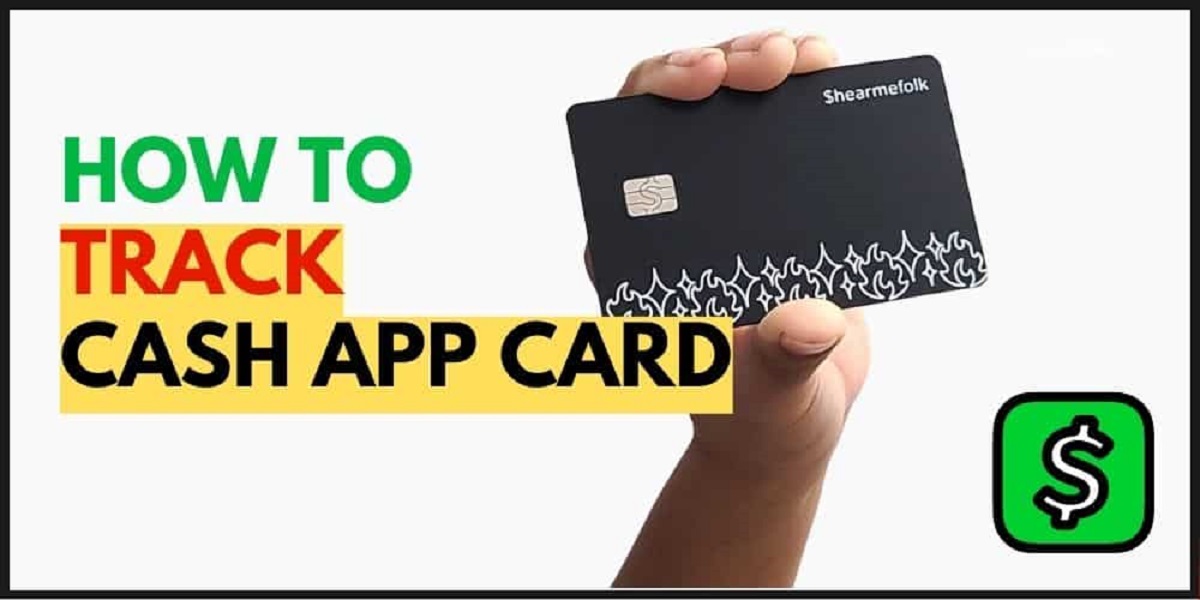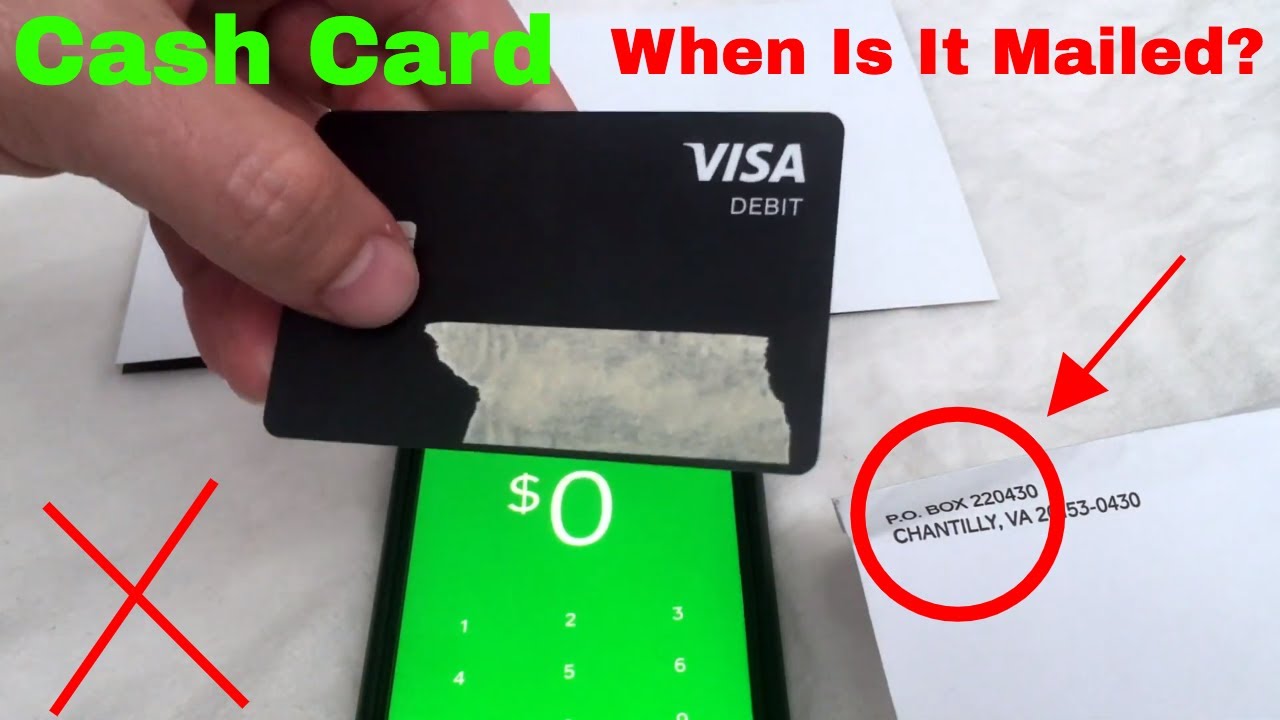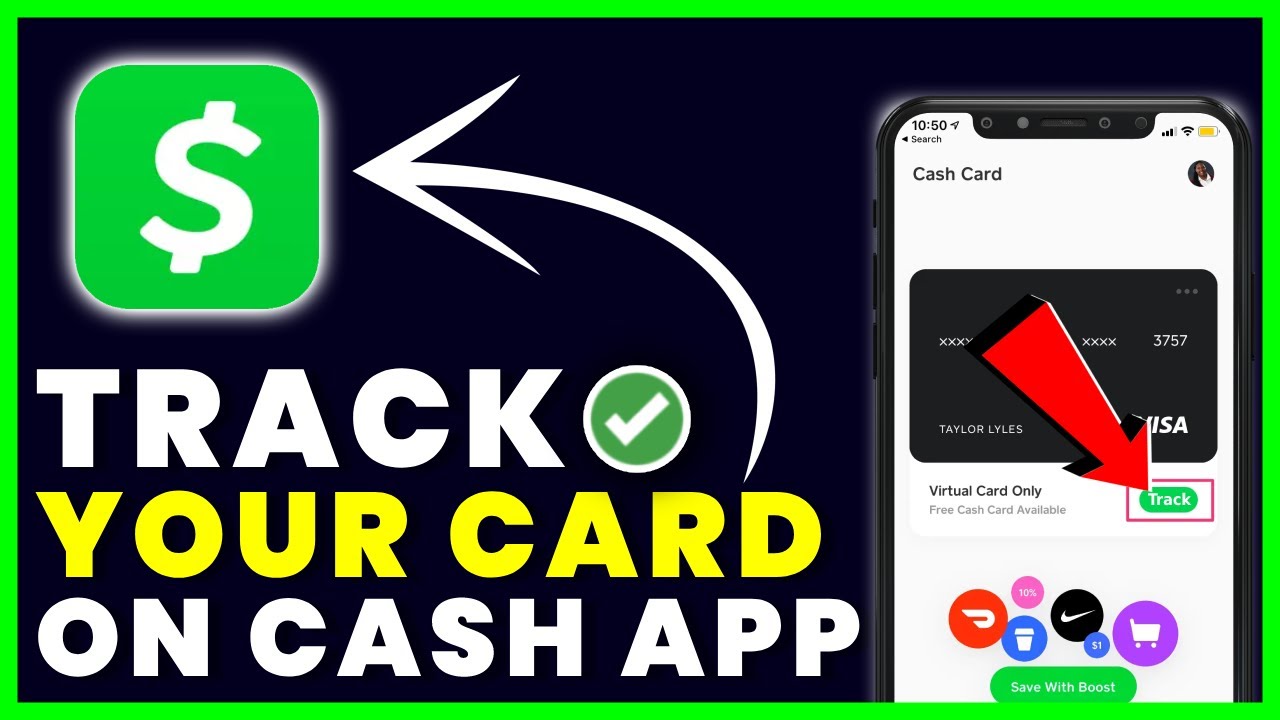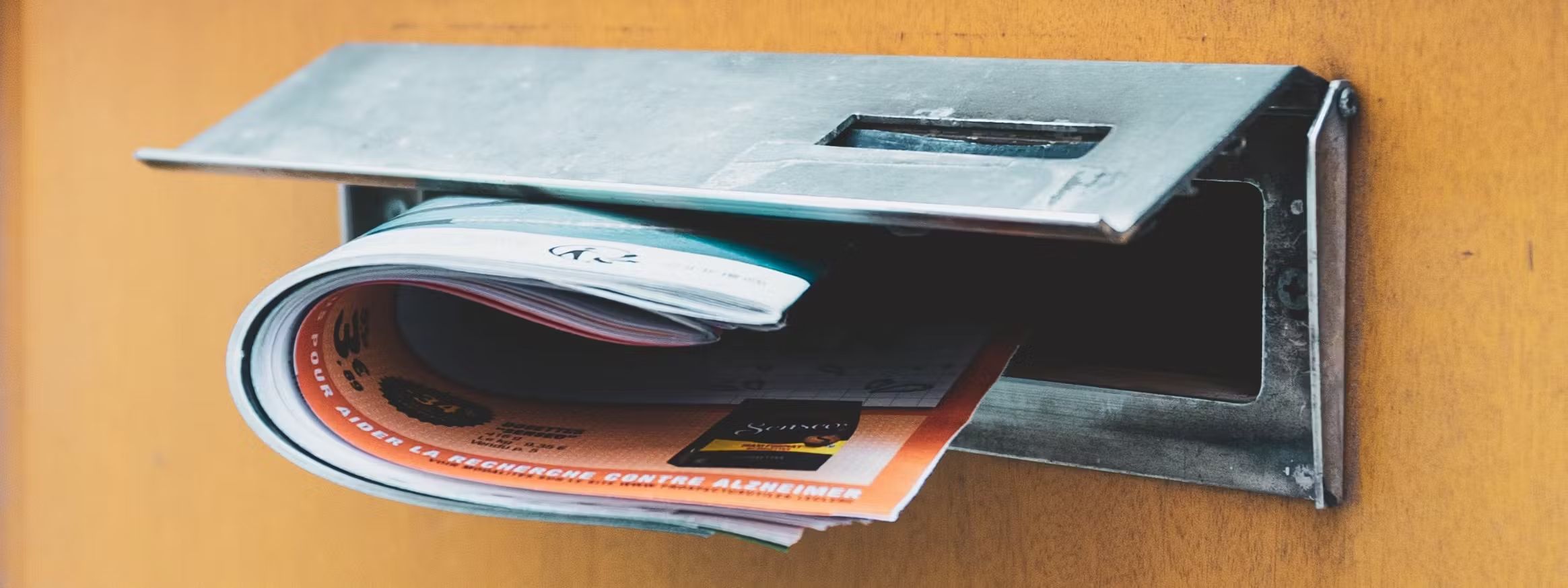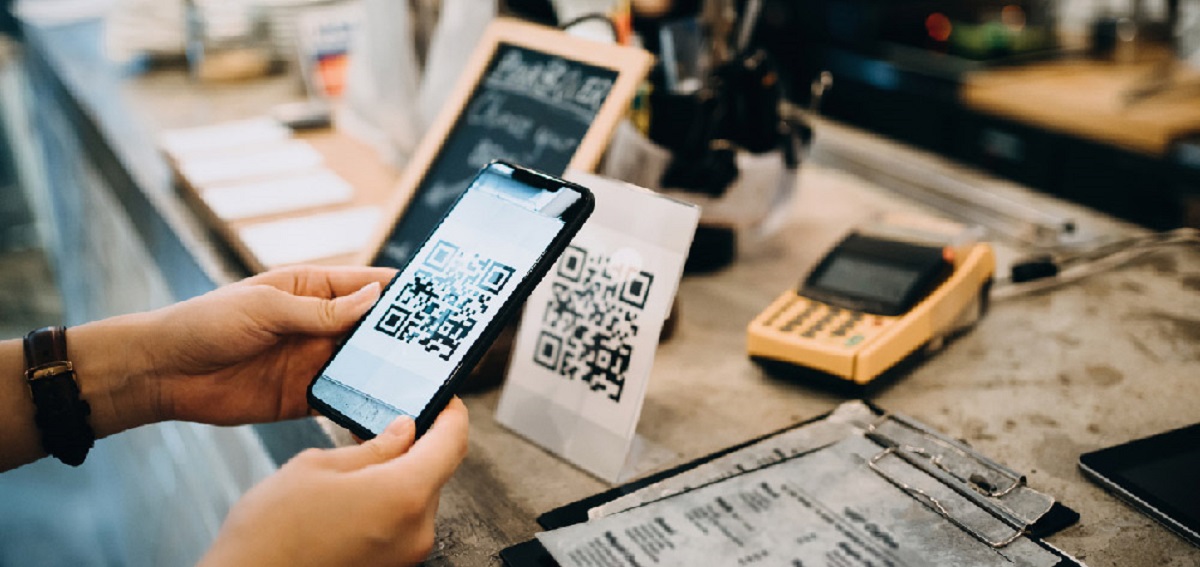Introduction
Welcome to the world of Cash App, a convenient and easy-to-use mobile payment platform that allows you to send, receive, and manage your money with just a few taps on your mobile device. One of the key features offered by Cash App is the Cash App Card, a personalized Visa debit card linked to your Cash App account. The Cash App Card provides you with the flexibility to access your funds both online and in-person, making it a convenient tool for everyday transactions.
In this article, we will guide you through the process of setting up and activating your Cash App Card, linking it to your account, and tracking your card balance. We will also explore how you can monitor your card transactions, enable card notifications, and secure your Cash App Card. Additionally, we will provide information on what to do in the unfortunate event that your Cash App Card is lost or stolen, and how to manage your Cash App Card settings.
Whether you’re new to Cash App or a seasoned user, this guide will equip you with the knowledge and know-how to make the most of your Cash App Card. So, let’s dive in and get started!
Understanding the Cash App Card
The Cash App Card is a physical debit card that is linked to your Cash App account, allowing you to access the funds in your Cash App balance for offline transactions. It works just like any other debit card and can be used anywhere that accepts Visa payments, including online retailers, brick-and-mortar stores, and ATMs.
One of the key advantages of the Cash App Card is its convenience. Rather than relying solely on the Cash App mobile app for transactions, the card provides you with the flexibility to make purchases and withdraw cash in person. This is particularly useful in situations where electronic payments are not accepted or when you prefer to use physical currency.
Another benefit of the Cash App Card is the ability to receive instant notifications for every transaction made with the card. This feature helps you keep track of your spending and ensures that you can easily identify any unauthorized charges.
It is important to note that the Cash App Card is a debit card, not a credit card. This means that you can only spend the funds that are available in your Cash App account. Unlike credit cards, it does not involve borrowing money or accruing interest.
To use the Cash App Card, you need to have an active Cash App account. If you’re new to Cash App, you can download the mobile app and sign up for an account. Once you have an account, you can order your personalized Cash App Card, which will be sent to you by mail.
Now that we have a clear understanding of what the Cash App Card is and how it works, let’s proceed with the steps to set up and activate your Cash App Card.
Setting Up the Cash App Card
Before you can start using your Cash App Card, you need to set it up and link it to your Cash App account. The following steps will guide you through the process:
- Open the Cash App mobile app on your device.
- Sign in to your Cash App account using your email address or phone number.
- Once you’re logged in, tap on the “Profile” icon at the top left corner of the screen.
- Scroll down and select the “Cash Card” option from the menu.
- Tap on the “Get Cash Card” button.
- Follow the on-screen instructions to enter your personal information, including your name, date of birth, and mailing address.
- After providing the required details, you’ll be prompted to choose a unique signature for your Cash App Card. Use your finger or stylus to sign on your device’s screen.
- Review the terms and conditions, then tap on “Continue” to proceed.
- Confirm your shipping address for the Cash App Card.
- Once you’ve completed these steps, your Cash App Card order will be submitted, and you’ll receive a confirmation email.
Please note that there may be a fee associated with ordering and using the Cash App Card. Review the terms of service and fee schedule provided by Cash App to understand any applicable charges.
Once your Cash App Card arrives in the mail, you can move on to the next step: activating your Cash App Card.
Activating Your Cash App Card
After receiving your Cash App Card, the next step is to activate it so that it can be linked to your Cash App account. Follow these simple steps to activate your Cash App Card:
- Open the Cash App mobile app on your device.
- Sign in to your Cash App account if you haven’t already done so.
- Tap on the “Profile” icon at the top left corner of the screen.
- Scroll down and select the “Cash Card” option from the menu.
- Tap on the image of your Cash App Card.
- Under the card details, you will find an option to activate your card. Tap on “Activate Cash Card.”
- Grant the necessary permissions for camera access when prompted.
- Position your Cash App Card within the frame that appears on the screen, making sure to align it properly.
- Hold steady until the camera captures the entire card.
- Once the card is successfully scanned, you will receive a notification confirming that your Cash App Card has been activated.
It’s important to note that Cash App may also offer alternate activation methods, such as entering the card details manually. If you encounter any issues while scanning or activating your Cash App Card, you can explore these alternative options or reach out to Cash App support for assistance.
Once your Cash App Card is activated, you can proceed to link it to your Cash App account.
Linking the Cash App Card to Your Account
After activating your Cash App Card, the next step is to link it to your Cash App account. This process ensures that your card is properly associated with your account and that you can access your funds seamlessly.
Follow these steps to link your Cash App Card to your account:
- Open the Cash App mobile app on your device.
- Sign in to your Cash App account if you haven’t already done so.
- Tap on the “Profile” icon at the top left corner of the screen.
- Scroll down and select the “Cash Card” option from the menu.
- Tap on the image of your Cash App Card.
- Under the card details, you will find an option to link your card. Tap on “Link Bank or Card.”
- Select the “Card” option to link your Cash App Card.
- Enter the required card details, including the card number, expiration date, and CVV.
- Review the information to ensure its accuracy, then tap on “Add Card” to complete the linking process.
Once you have successfully linked your Cash App Card to your account, you can start using it for transactions both online and in-person. The funds in your Cash App balance will be accessible through the card, allowing you to make purchases, withdraw cash from ATMs, and enjoy the convenience of a debit card.
It’s important to regularly monitor your Cash App Card balance and transactions to stay on top of your finances. The following sections will explore how you can easily track your Cash App Card balance and monitor your card transactions.
Tracking Your Cash App Card Balance
Keeping track of your Cash App Card balance is crucial to ensure you have enough funds available for your transactions and to manage your finances effectively. Cash App provides multiple ways to track your card balance:
1. Cash App Mobile App: The most convenient way to track your Cash App Card balance is through the Cash App mobile app. Simply open the app and sign in to your account. On the home screen, you will find your Cash App Card balance displayed prominently. This shows you the current amount available on your card.
2. Cash App Website: If you prefer accessing your Cash App account on a desktop or laptop, you can also check your Cash App Card balance by logging into the Cash App website. Once logged in, navigate to the “Cash Card” section to view your current card balance.
3. ATM Withdrawals: You can also track your Cash App Card balance by using an ATM. Insert your Cash App Card into the ATM and enter your PIN. Select the “Balance Inquiry” option, and the ATM will display the available balance on your card.
4. Cash App Customer Support: If you encounter any issues with accessing your Cash App Card balance through the mobile app, website, or ATM, you can reach out to Cash App customer support for assistance. They can provide you with the most up-to-date information regarding your card balance.
It’s important to note that when checking your Cash App Card balance, you should also consider any pending transactions or fees that may impact the available balance. It’s always a good practice to review your recent transactions and ensure that they align with your records.
By regularly tracking your Cash App Card balance, you can make informed financial decisions and avoid any surprises when making a purchase or withdrawing cash.
Monitoring Your Cash App Card Transactions
Monitoring your Cash App Card transactions is essential for keeping track of your spending, managing your budget, and identifying any unauthorized or fraudulent charges. Cash App provides various tools and features that allow you to conveniently monitor your card transactions:
1. Transaction History: The Cash App mobile app and website offer a transaction history feature, which displays a detailed record of your past Cash App Card transactions. This includes information such as the date, time, location, and amount of each transaction.
2. Transaction Notifications: Cash App allows you to enable transaction notifications for your Cash App Card. By enabling these notifications, you will receive real-time alerts on your mobile device every time a transaction is made with your card. This ensures that you are promptly notified of any activity on your card and can quickly identify any suspicious transactions.
3. Activity Feed: The Cash App mobile app features an activity feed that shows all recent Cash App transactions, including those made with your Cash App Card. This feed provides a chronological overview of your card activity, allowing you to easily scroll through and review your transactions.
4. Email Receipts: For added convenience, Cash App sends email receipts for each transaction made with your Cash App Card. These receipts include detailed information about the transaction, such as the merchant, amount, and date. By regularly reviewing these email receipts, you can maintain a record of your transactions and ensure their accuracy.
It’s important to review your Cash App Card transactions regularly and compare them against your own records for accuracy. If you notice any unusual or unauthorized transactions, it is essential to contact Cash App support immediately to report the issue and take appropriate action.
By actively monitoring your Cash App Card transactions, you can stay in control of your finances, detect any fraudulent activity, and make informed decisions about your spending.
Enabling Card Notifications
To enhance the security and convenience of your Cash App Card, Cash App offers a card notification feature that keeps you informed of every transaction made with your card. Enabling card notifications can help you stay on top of your spending, detect any unauthorized activity, and take prompt action if needed.
Here’s how you can enable card notifications for your Cash App Card:
- Open the Cash App mobile app on your device.
- Sign in to your Cash App account if you haven’t already done so.
- Tap on the “Profile” icon at the top left corner of the screen.
- Scroll down and select the “Cash Card” option from the menu.
- Tap on the image of your Cash App Card.
- Under the card details, you will find an option to manage notifications. Tap on “Notifications.”
- Toggle the switch to enable card notifications.
- You can choose to receive notifications for all transactions or enable specific types of notifications, such as for purchases or ATM withdrawals.
Once card notifications are enabled, you will receive real-time alerts on your mobile device whenever a transaction is made with your Cash App Card. These notifications will include details such as the transaction amount, the merchant or location, and the date and time of the transaction.
By promptly receiving notifications for every transaction, you can keep a close eye on your card activity and detect any unusual or unauthorized charges. If you receive a notification for a transaction that you did not make or recognize, it is important to act quickly:
- Contact Cash App support through the app or website to report the unauthorized transaction.
- Follow their instructions on how to dispute the charge and potentially secure a refund.
- Consider changing your Cash App Card or updating your security settings to prevent further unauthorized transactions.
- Regularly monitor your account and card activity to ensure the issue has been resolved and no further unauthorized transactions occur.
Enabling card notifications adds an extra layer of security and peace of mind when using your Cash App Card. Stay vigilant and proactive in reviewing your notifications, and take immediate action if you notice any suspicious activity.
Securing Your Cash App Card
Protecting your Cash App Card and ensuring its security is crucial to safeguard your funds and personal information. By following these best practices, you can enhance the security of your Cash App Card:
1. Keep your card in a safe place: Treat your Cash App Card like you would any other debit card. Keep it in a secure location, such as a wallet or cardholder, to avoid misplacing it or exposing it to potential theft.
2. Set a secure PIN: When activating your Cash App Card, you will be prompted to set a Personal Identification Number (PIN). Choose a unique and secure PIN that is not easily guessable, and avoid using common numbers, such as your birthdate or sequential digits.
3. Memorize your PIN: Avoid writing down your PIN or sharing it with others. It is important to memorize your PIN to prevent unauthorized access to your Cash App Card.
4. Be cautious with your card information: Do not share your Cash App Card details, including the card number, expiration date, or CVV, with anyone you do not trust or on unsecured platforms. Be mindful of phishing attempts and fraudulent messages asking for your card information.
5. Regularly check your transactions: Monitor your Cash App Card transactions regularly to ensure they are legitimate and align with your records. Use the transaction history feature in the Cash App mobile app or website to review your past transactions.
6. Enable card notifications: As mentioned earlier, enable card notifications in the Cash App mobile app to receive real-time alerts for every transaction made with your Cash App Card. Promptly review these notifications to detect any unauthorized or suspicious activity.
7. Secure your mobile device: Since Cash App is primarily accessed through a mobile app, it is important to secure your device. Set a lock screen passcode or use biometric authentication (such as fingerprint or facial recognition) to prevent unauthorized access to your Cash App account and card information.
8. Update your account settings: Regularly review and update your Cash App account settings to enhance the overall security of your Cash App Card. This includes enabling two-factor authentication, keeping your contact information up to date, and reviewing the connected bank accounts or payment sources linked to your Cash App Card.
9. Report lost or stolen card: If you lose your Cash App Card or suspect it has been stolen, it is crucial to report it to Cash App support immediately. They can help deactivate the card and prevent any unauthorized usage. Contact their customer support through the Cash App mobile app or website for assistance.
10. Stay informed about security updates: Be aware of any security updates or alerts from Cash App. They may communicate important information regarding card security, new features, or potential threats through email, in-app notifications, or their website. Stay vigilant and follow their recommendations.
By following these security practices, you can minimize the risk of unauthorized access to your Cash App Card and protect your funds and personal information.
Reporting Lost or Stolen Cards
If you have lost your Cash App Card or suspect it has been stolen, it is crucial to take immediate action to protect your funds and prevent any unauthorized usage. Follow these steps to report a lost or stolen Cash App Card:
- Open the Cash App mobile app on your device.
- Sign in to your Cash App account if you haven’t already done so.
- Tap on the “Profile” icon at the top left corner of the screen.
- Scroll down and select the “Cash Card” option from the menu.
- Tap on the image of your Cash App Card.
- Under the card details, you will find an option to report the card as lost or stolen. Tap on “Lost Card” or “Stolen Card.”
- You will be prompted to provide additional details about the loss or theft, such as the date and circumstances.
- Follow any additional instructions provided by Cash App support to complete the report.
It is important to report a lost or stolen Cash App Card as soon as possible to prevent any unauthorized transactions. Cash App support will deactivate the card to ensure it cannot be used by anyone else.
After reporting the loss or theft of your Cash App Card, it is recommended to review your recent transactions and contact Cash App support if you notice any unauthorized activity. They can assist you in disputing any fraudulent charges and securing your account.
In some cases, you may need to order a replacement Cash App Card. Cash App support can guide you through the process of ordering a new card and ensure its secure delivery. Please note that there may be fees associated with ordering a replacement card, so review the terms of service and fee schedule provided by Cash App for more information.
Remember, it is crucial to keep your Cash App Card secure and to report any loss or theft immediately. By taking swift action, you can protect your funds and prevent potential financial losses.
Managing Your Cash App Card Settings
Cash App provides various settings and customization options that allow you to tailor your Cash App Card experience and enhance your control over its usage. Here are some key features and settings that you can manage for your Cash App Card:
1. Card Activation/Deactivation: In addition to activating your Cash App Card initially, you can also choose to deactivate it temporarily if needed. This can be useful in situations where you misplace your card or want to restrict its usage temporarily.
2. Change the Card Design: Cash App allows you to customize the look and feel of your Cash App Card. You can change the design of your card within the Cash App mobile app by selecting from the available design options.
3. Update Card Information: If you need to update your card information, such as your mailing address or other personal details, you can do so within the Cash App mobile app. Navigate to the “Cash Card” section and select the appropriate options to make the necessary updates.
4. Enable or Disable ATM Withdrawals: Cash App gives you the flexibility to enable or disable ATM withdrawals using your Cash App Card. If you prefer not to use your card for cash withdrawals, you can disable this feature from the Cash App settings.
5. Set Security Lock: To add an extra layer of security to your Cash App Card, you can set a security lock for online or in-person transactions. This can help prevent unauthorized usage of your card if it is lost or stolen.
6. Change Transaction Limits: Cash App sets default transaction limits for your Cash App Card to ensure security and prevent misuse. However, you can request changes to these limits by contacting Cash App support and providing the necessary information.
7. Manage Payment Sources: Within the Cash App mobile app, you can link or unlink bank accounts and other payment sources with your Cash App Card. This allows you to choose which accounts to associate with your card for seamless fund transfers or purchases.
8. Update Notification Preferences: Cash App provides notification preferences that allow you to customize the types of notifications you receive, including transaction alerts, account activity, and account updates. Review and adjust these settings based on your preferences.
9. Keep Your App and Device Updated: To ensure the smooth functioning of the Cash App mobile app and maintain the security of your Cash App Card, it is important to regularly update the app on your device. Stay up to date with the latest version to benefit from any security enhancements or bug fixes.
By actively managing your Cash App Card settings, you can customize your card usage and stay in control of your financial transactions. Regularly review these settings and make adjustments as necessary to enhance your overall Cash App experience.
Conclusion
Managing and tracking your Cash App Card is essential for a seamless and secure financial experience. By understanding how to set up, activate, and link your Cash App Card to your account, you can enjoy the flexibility of accessing your funds both online and offline. Tracking your card balance and monitoring your transactions helps you stay informed about your spending and identify any unauthorized charges. Enabling card notifications provides real-time alerts and enhances the security of your Cash App Card. Additionally, taking steps to secure your card, such as setting a secure PIN and reporting any lost or stolen cards, further protects your funds and personal information.
Remember to regularly review and update your Cash App Card settings to customize your card usage according to your preferences. By staying proactive and informed, you can make the most of your Cash App Card and confidently manage your finances.
Whether you’re new to Cash App Card or have been using it for a while, this guide aims to provide you with the necessary knowledge and steps to effectively track and manage your Cash App Card. Incorporate these guidelines into your Cash App routine to optimize your experience and ensure the security of your transactions.







